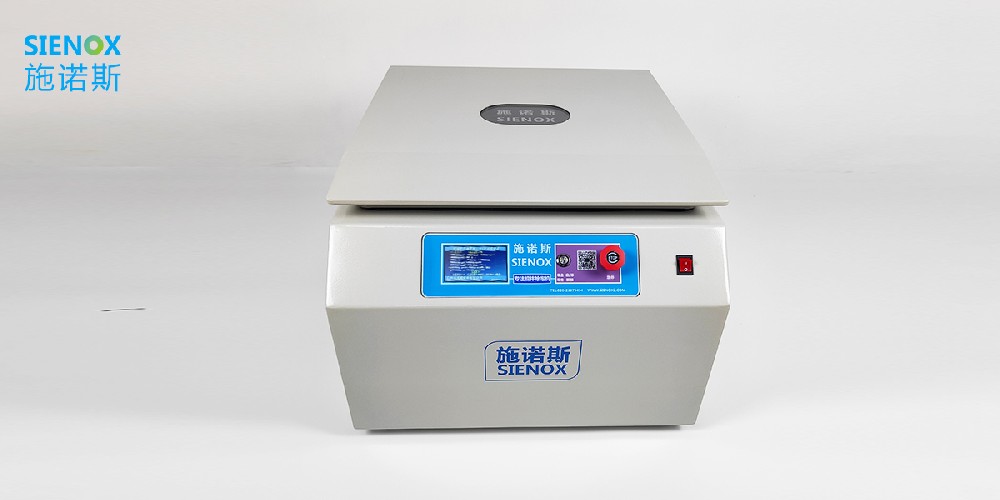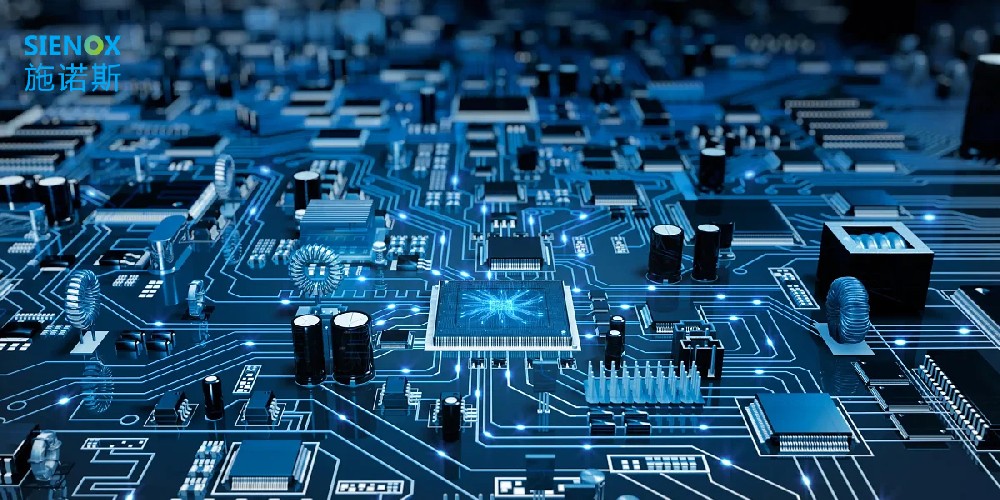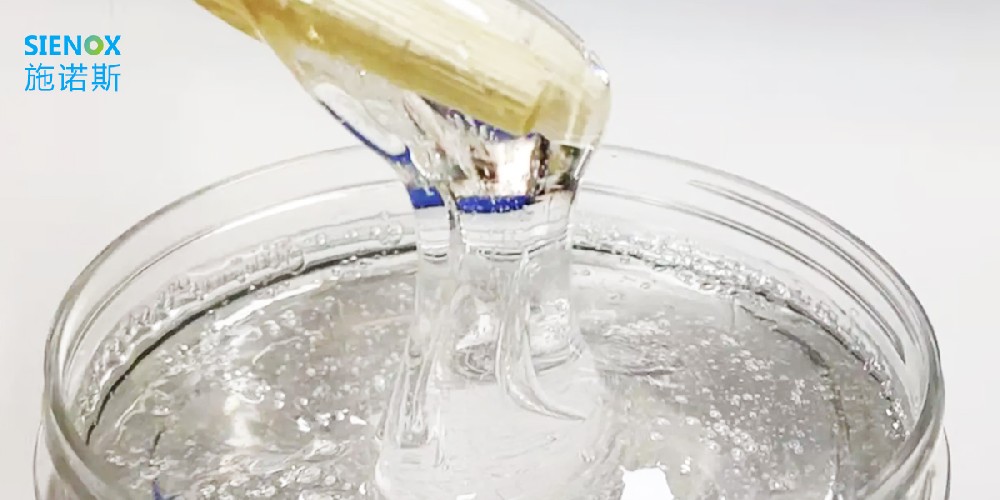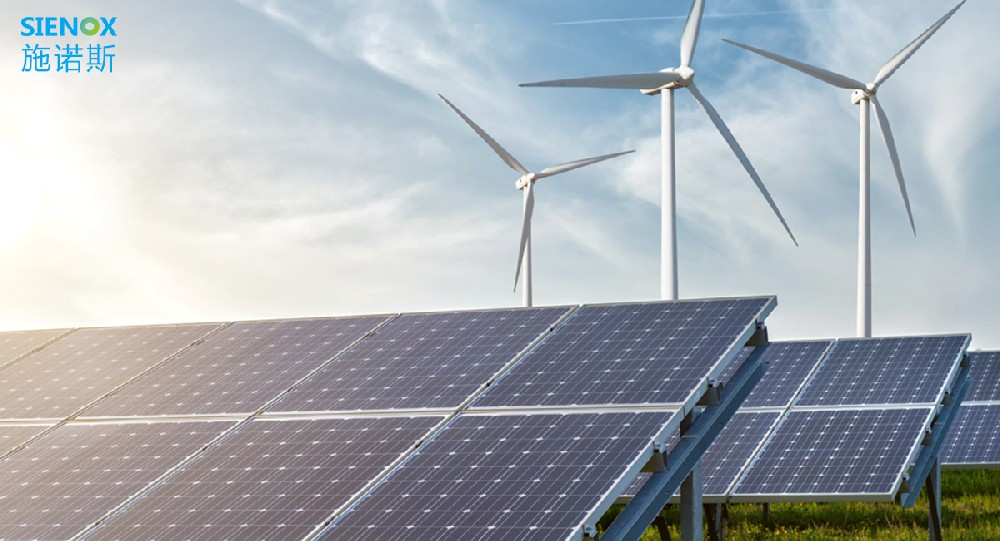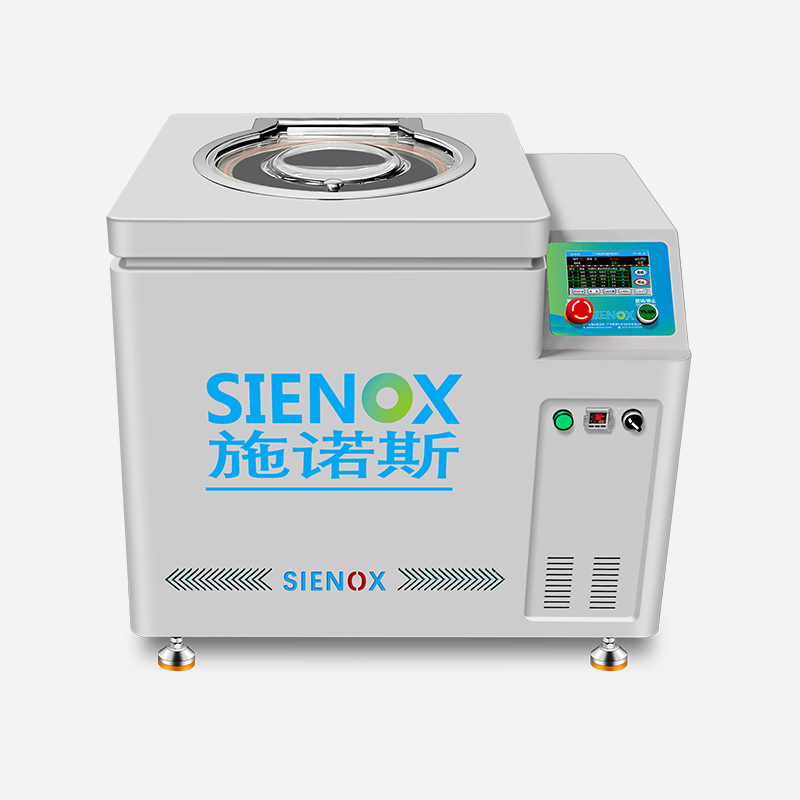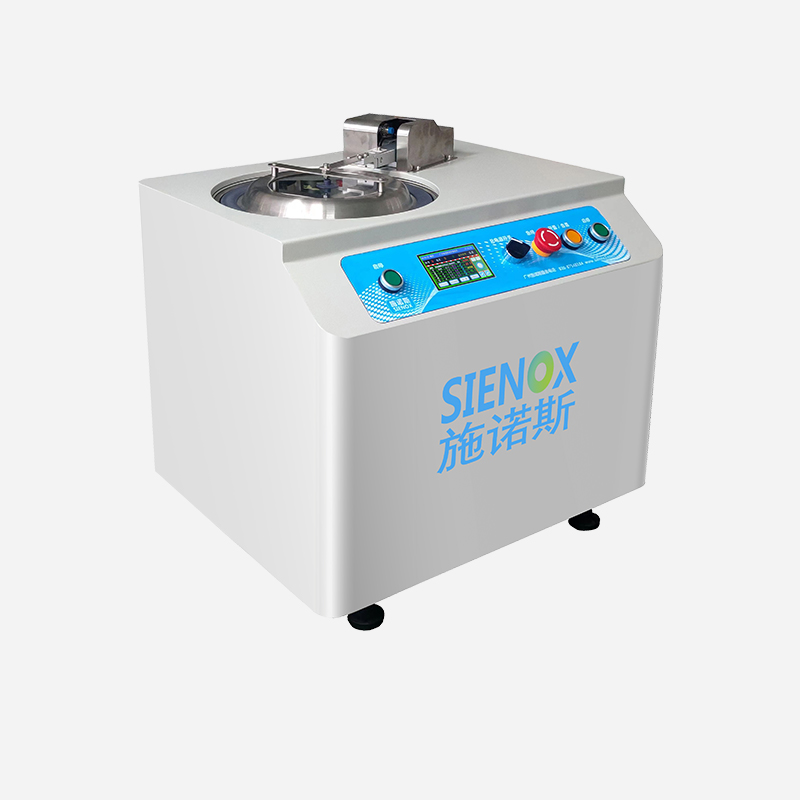
News

TEL:18925129293
Glue vacuum defoaming technology: key steps to improve adhesive performance and quality assurance
date:2023-07-20author:SIENOXGlue is widely used across various industries, but the presence of microbubbles often affects the adhesive performance and quality of glue. To address this issue, vacuum degassing technology for glue has emerged. This article will introduce how to vacuum degas glue to improve adhesive performance and ensure quality assurance.

I. Preparation:
Before vacuum degassing glue, the following preparations need to be made:
Degassing equipment: Choose suitable vacuum degassing equipment, such as the SIENOX Vacuum Stirring Degassing Machine, which uses centrifugal force for degassing and utilizes a vacuum pump to extract gas.
Glue samples: Prepare the glue samples for vacuum degassing, ensuring they meet the expected usage requirements.
II. Operating Steps:
The general steps for vacuum degassing glue are as follows:
1. Place glue samples into the degassing equipment: Pour the prepared glue samples into the container of the degassing equipment, ensuring that the glue in the container does not exceed the equipment's capacity limit.
2. Seal the container: Close the container of the degassing equipment tightly to ensure it is completely sealed to prevent gas leakage.
3. Start the vacuum pump: Turn on the vacuum pump in the equipment to initiate the vacuum degassing process. The vacuum pump will extract air from the container, creating a vacuum environment.
4. Observe the degassing process: During the vacuum degassing process, observe how bubbles in the glue are gradually removed and accumulate in the container. Meanwhile, the degassing equipment will also stir to further assist in bubble removal.
5. Control degassing time: Control the degassing time according to the characteristics of the glue samples. Generally, the degassing time for glue is usually between a few minutes to several hours.
6. Stop the vacuum pump: When the set degassing time is reached, turn off the vacuum pump to stop the vacuum degassing process.
7. Release the vacuum: Open the vent valve of the container to gradually restore the normal pressure inside the container, and then remove the glue samples.

III. Precautions:
During the vacuum degassing of glue, the following precautions should be taken:
Safety operation: Operators should follow the equipment operation manual to ensure safe operation and normal operation of the equipment.
Control degassing time: Reasonably control the degassing time according to the characteristics and requirements of the glue samples to avoid excessive degassing that may alter the properties of the glue.
Control vacuum level: Adjust the vacuum level according to different glue materials to achieve the best degassing effect.
Maintain cleanliness: Ensure the cleanliness of the container and equipment during the vacuum degassing process to avoid contamination by impurities and pollutants.
By employing vacuum degassing technology for glue, it is possible to effectively remove microbubbles from the glue, thereby improving its adhesive performance and quality. Vacuum degassing technology for glue has been widely applied in various industries such as construction, furniture, automotive, etc. With strict operating procedures and precautions, vacuum degassing technology for glue can provide higher quality adhesive products for various industries, enhancing process efficiency and product competitiveness.






